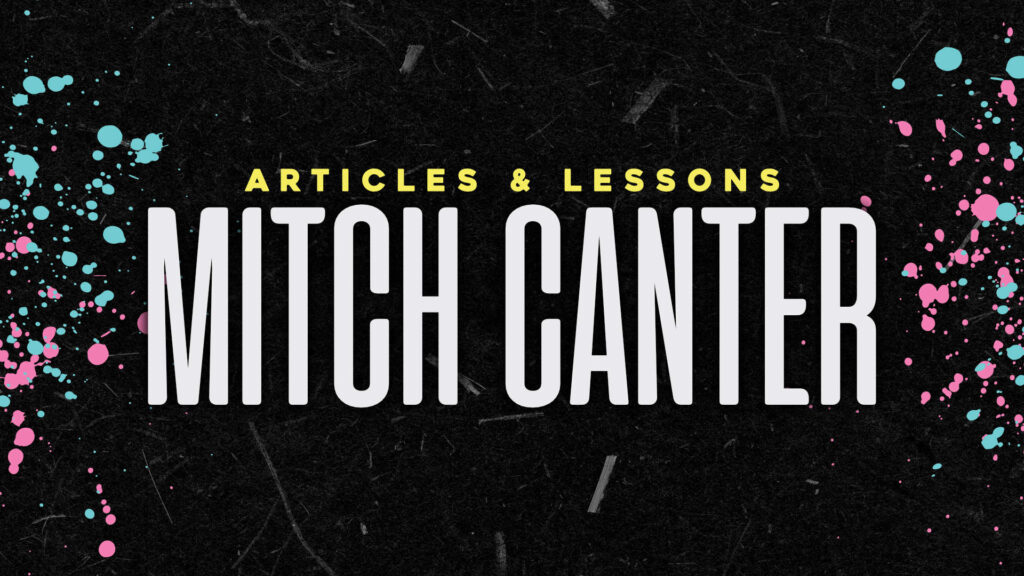This post is the seventh of an ongoing series entitled “50 Days to a Better WordPress Blog”. During this time, Mitch will be providing small snippits of code, plugins, and things you can do to make your blog more attractive, attain new readers, and keep old ones coming back time and time again. You can see the entire series here.
 We’ve talked a lot about visual things here on the blog, mostly because design is what I do, but there are a lot of small, non-visual elements that can enhance how people view, and how the search engines index, your site. I’m not an SEO Expert, by any means, but I’ve picked up enough tips over the years to have a basic understanding on how it all works. There’s no “magic bullet” by any means, but there are small things that help in a big way. One of those is to install a Sitemap.
We’ve talked a lot about visual things here on the blog, mostly because design is what I do, but there are a lot of small, non-visual elements that can enhance how people view, and how the search engines index, your site. I’m not an SEO Expert, by any means, but I’ve picked up enough tips over the years to have a basic understanding on how it all works. There’s no “magic bullet” by any means, but there are small things that help in a big way. One of those is to install a Sitemap.
A sitemap is just what it sounds like – a map of sorts to your site that helps Google or your visitors navigate around. The non-user map also weighs content based on age, importance, and relevance to other posts and passes that information to Google to help it rank and file your data. The user sitemap serves as a single access point to any page on your site – ensuring that people can get anywhere they want to within two clicks.
Lucky for you – there’s a few plugins that can get the job done easily for you.
Google XML Sitemaps
This handy dandy plugin will auto-generate a sitemap that you can submit to Google’s Sitemap service. Install the plugin, grab the hyperlink and go to Google’s service landing page to sign up and submit your site. You can customize it, but normal users can leave the default settings alone – it does the job fairly well.
Dagon Design Sitemap Generator
For the human visitors, this site creates a page in the backend and drops a navigation sitemap in. From the description:
This plugin creates a sitemap for your WordPress powered site. This is not just another XML sitemap plugin, but rather a true sitemap generator which is highly customizable from its own options page in the WordPress admin panel. Some of its features include: support for multi-level categories and pages, category/page exclusion, multiple-page generation with navigation, permalink support, choose what to display, what order to list items in, show comment counts and/or post dates, and much more.
Whatever you want to display, well, that’s what you can display – you have a lot of customization and a lot of say as to how, what, and where it’s displayed.
Bonus: Posts Per Cat
I used this plugin on the Digital Dads website, and it was a smashing success, so I wanted to share it here as a bit of a bonus. This plugin takes all of your categories, pulls the latest X posts from them, and displays them in a nice orderly fashion (either 1 or 2 columns). It can be a bit of a database drain if you have a lot of categories, so make sure you’re using a caching plugin or your site may suffer a bit.


